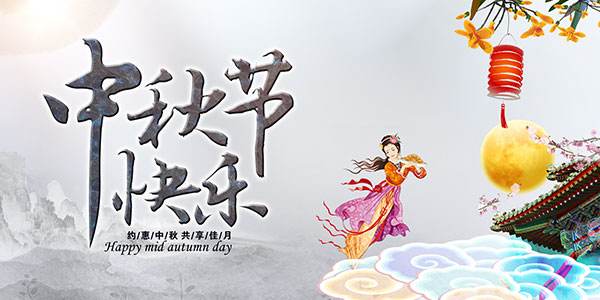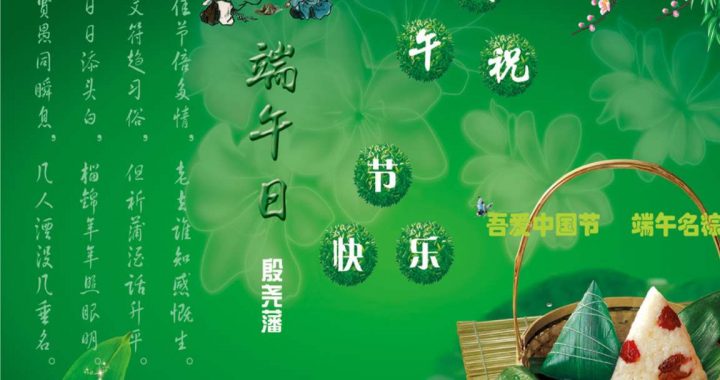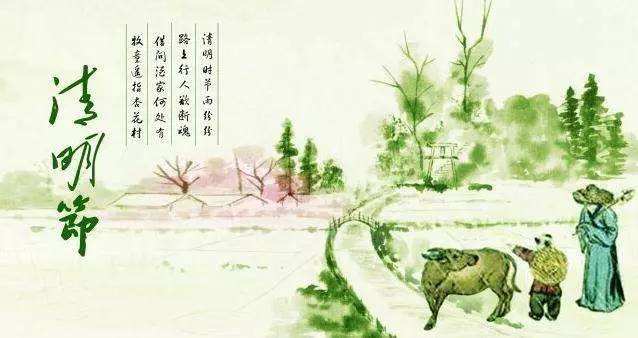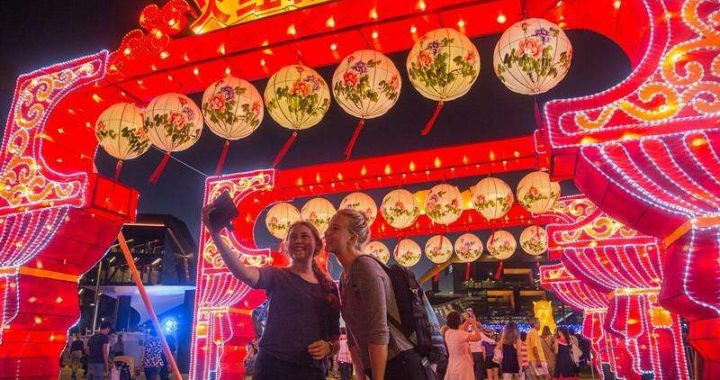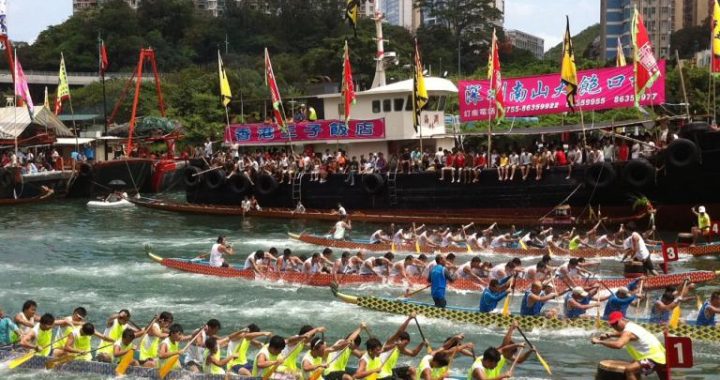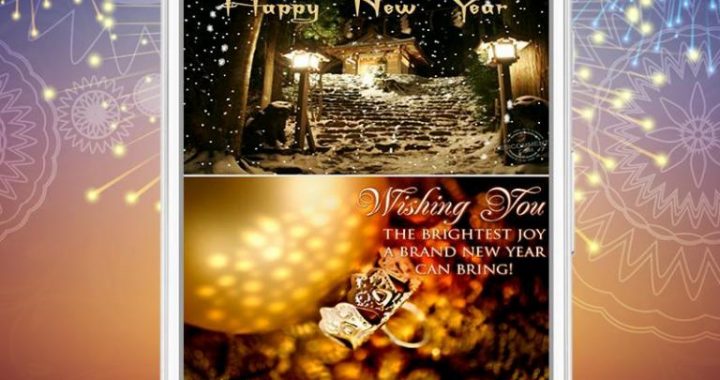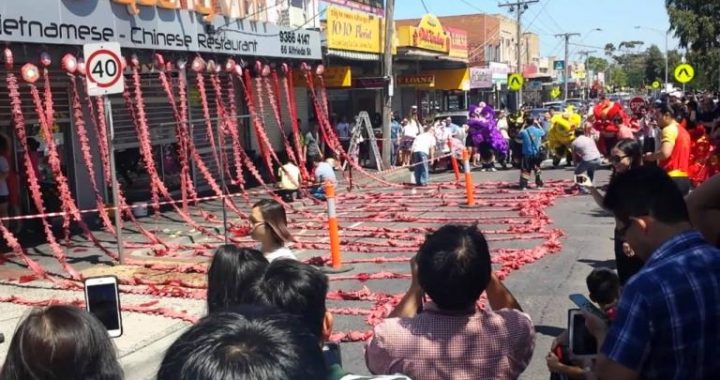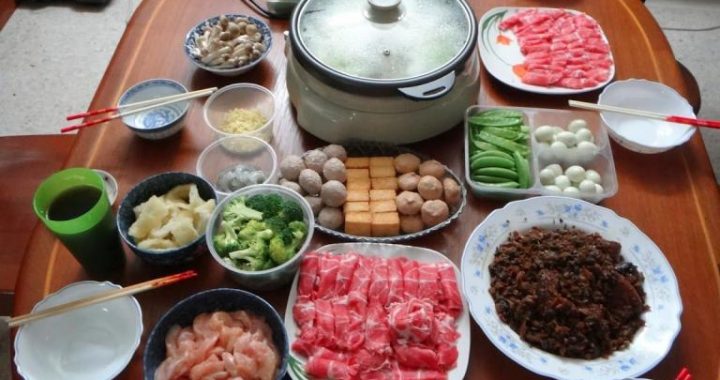Festivals for Mongolian Minority White Festival Nadam Fair
5 min readMongolian people call themselves“Mongol”meaning “Permanent Fire”.The group is also known as“an ethnic group on horseback”. Now Mongols are mainly living in Inner Mongolia Autonomous Region, and some live in Xinjiang, Qinghai, Gansu, Liaoning, Jilin and Heilongjiang provinces. Mongols have a long history, since the early 13th century, they had been developing gradually. They believed in Shamanism in the beginning, and after Yuan dynasty most Mongols began to believe in Lamaism.
Traditional festivals of Mongols include the White Festival, Nadam Fair, sacrifice ceremony for Aobao(meaning heaps of stones used by the Mongolians and Tibetans as markings for roads or boundaries), Horse Milk Festival, Lantern Festival as well as Maide’ er Festival and Nirvana Festival-the latter two related to Lamaism.
1) White Festival
White Festival is actually Spring Festival for Mongolians. It’s on the same day with Spring Festival for Han people. Ancient Mongolians regarded the white color as a pure and auspicious color, so they called the Spring Festival the White Festival and the first month in the lunar calendar the”White Month”.
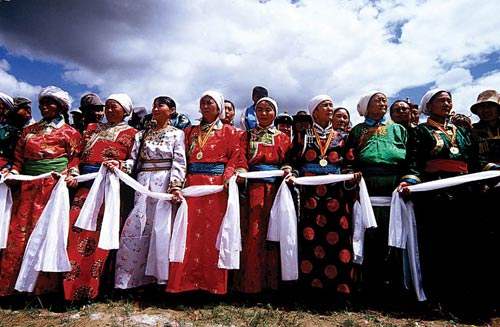
Similar to Han people’s preparation for the Spring Festival, Mongolian people start to prepare before New Year’s Eve(Chuxi), though they have quite different festival customs. In the twenty-third day of the twelfth month they need to worship fire. People will offer butter, wine, beefand mutton to be burned in the fire so as to show their appreciation for the God of Fire and to show their great wishes for the prosperity of people and livestock, for harvest and good fortune.
The Mongolian’s adoration for fire has its root in their ancestors’ belief in Shamanism. According to Shamanism, everything has a spirit and fire was created at the time when the sky and earth departed. Therefore, Mongols have many taboos on fire. They should never pour water to fire, never use knife or sticks to stir the fire and never spit to the fire.
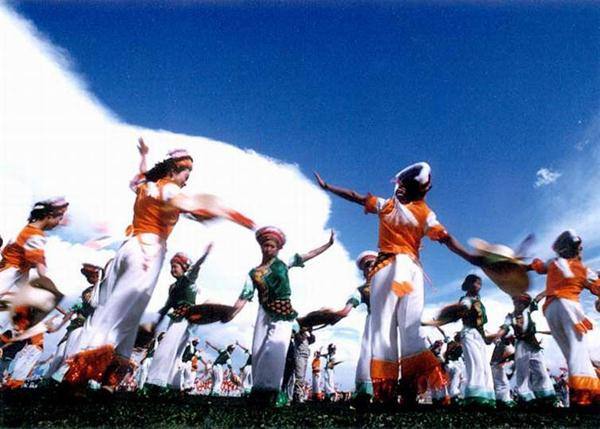
In New Year’s Eve, people will dress themselves withMongolian costumes. The whole family will sit in the center of Mongolia yurt and welcome the coming of the New Year. They will start to drink and eat at midnight. Allpeople should drink and eat to the fullest extent. And the more wine and meat left the better, as it symbolizes that in the new year there will be boundless wine and meat and people will not be worried about food. At that night, allpeople, including women and children can play as much as they like. They will play Mongolian chess, listen to story-telling and stay up for a whole night. In the morning of the first day of the first month, people will pay New Year call to relatives and friends. The New Year Festival will last till the fifteenth day or even the end of the month.
2) Nadam Fair
“Nadam”is a word transliterated from a Mongolian word which means “to play games and to entertain” Nadam is held in the spare time between the depasturingtime in summer or autumn. People will do wrestling, horse racing, shooting, dancing and goods exchange in Nadam Fair. Now more activities, such as equestrianism, motorcycle performance, Mongolian chess, track and field, ball games, performances and movie screening, etc. are included. The fair usually lasts for five to seven days.
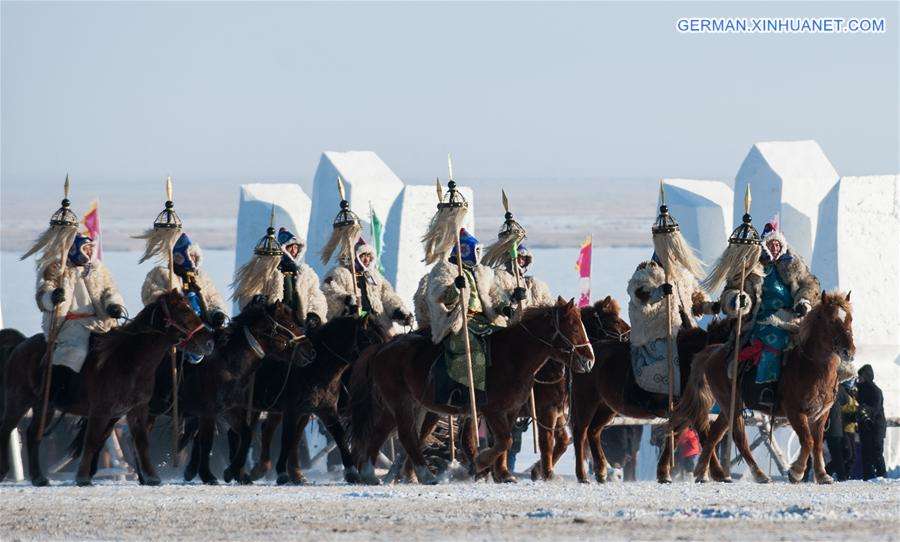
Nadam originated in Aobao worshipping activity in ancient Mongolia.”Aobao”,a heap of blocks, used to be the mark for road and later became the location for worshipping. The worshipping ceremony was to pray for good fortune and happiness, but some sports and entertainment activities were included as well.
Both ancient and modern Nadam include the competition of the three required skills for Mongols, namely wrestling, shooting and horse riding.
The Mongolians often say that without wrestling there is no Nadam. Mongolian wrestling has its unique rules in costumes and pattern of competition. The costume is usually gilet made of multilayer animal skin or canvas, embellished with many bronze nails or silver nails. Theplayer will dress the costume and wear Mongolian boots while wrestling, demonstrating their strength and charm as.
Nadam Fair
a warrior. In Mongolian wrestling, once you are defeated, your name will be eliminated from the player list and you cannot try again. The wrestling player has to sing a wrestling song before they jump into the arena. The players who won the first three prizes will be honored as”Da’ erhan Wrestler”, which is a lifetime honor for a Mongolian. In shooting competition, all people are welcomed to take part in. Each participant needs to prepare horse and bows by himself. There is neither restriction on the style or pull of bows, nor on the length or weight of arrows. There are static shooting competition and ride shooting competition. The competitor is supposed to shoot three rounds altogether. In each round each participant can only shoot three arrows. The final score is judged by the number of arrows on the butt. Ride shooting competition is even more spectacular. The shooter is supposed to get his bow and arrow, pull to the fullest extent and shoot on a riding horse. And all three arrows should be shot before the horse finishes a certain length of running track. It is ignominious to have not finished the three arrows when the horse passes the finishing line.
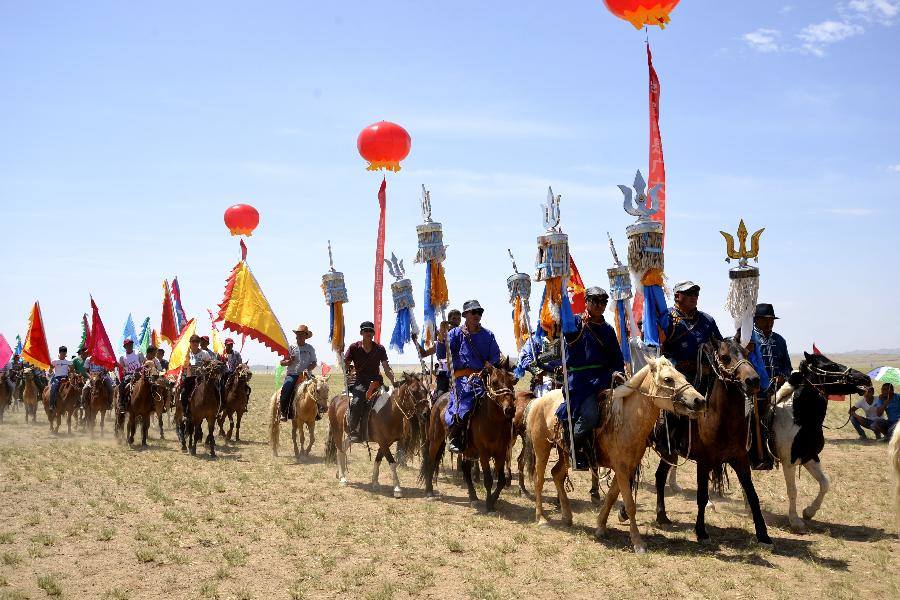
In horse riding competition there is no limitation of participants’ number, yet most riders are youngsters. They ride for 25 or 35 kilometers to compete. Near the starting line and finishing line there are color flags all over. When the race is about to start, all riders are prepared and stand on the same row. They have color belt on their waist and color cloth on their head. Once they hear the clarion for starting, they jump onto their horse back and start to run like arrows.
People all around will wave their colorful strips, shouting and cheering for the racers.
At night, the loud and clear Mongolian folk songs and beautiful music from the horse-head shaped musical instrument are flying in the sky of the grassland. Herdsmen are sitting together enjoying the singing and dancingperformances with the milk tea. Nadam has been part of Mongolian’s life for nearly 800 years. It has become an important embodiment of the Mongolian spirit and personalities. With its profound tradition and culture connotation, it has been listed as an intangible culture heritage of China.
